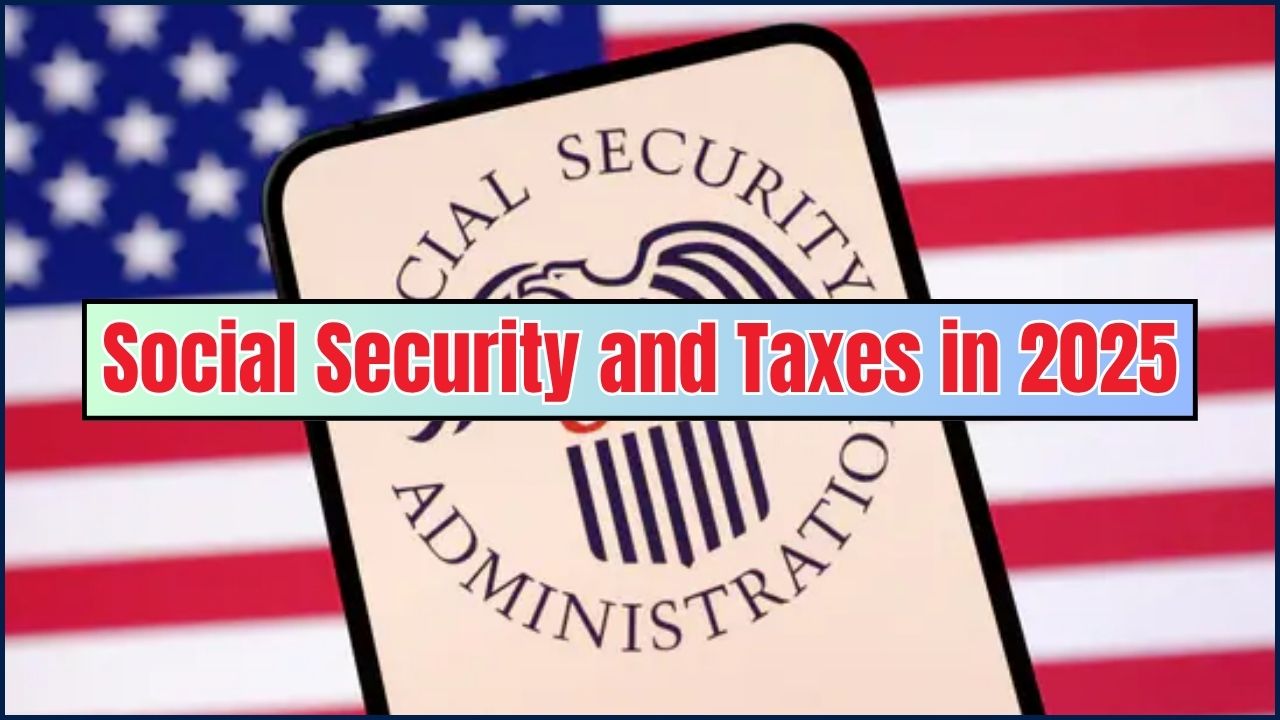Thinking about how to apply for Social Security at 62? You’re not alone. More and more Americans are choosing to claim their Social Security retirement benefits as soon as they become eligible. With the world changing fast and retirement plans looking different for every family, knowing when and how to file can make or break your golden years. And with 2025 ticking down, now is the perfect time to get your ducks in a row.

If you were born in 1963, you’re hitting the big 6-2 this year. That means you’re eligible to start collecting those hard-earned Social Security checks. But here’s the kicker: applying too early or without a clear plan can leave money on the table. Don’t worry though—we’ve got your back. This guide breaks down everything you need to know in a way that’s simple, smart, and super practical.
Apply for Social Security at 62
| Topic | Details |
|---|---|
| Eligibility Age | You must be at least 62 years old to apply |
| Application Window | You can apply up to 4 months before your start date |
| Benefit Reduction | Up to 30% if taken before Full Retirement Age (67 for those born after 1960) |
| Filing Methods | Online, by phone, or in person |
| Working While Collecting | Earnings limits apply before Full Retirement Age |
| New 2025 Update | WEP and GPO repealed for public workers |
| Official SSA Site | www.ssa.gov |
Claiming Social Security at 62 can be a smart move—if you know what you’re doing. The most important thing is to understand your situation, weigh the pros and cons, and apply strategically. With new rules in 2025 and an easier online process, now’s the time to take action.
Don’t sleep on this. Set up your my Social Security account, check your credits, and get your paperwork in order. Retirement may feel far off, but planning now means peace of mind later.
Why 62 Is a Big Deal for Retirement Benefits
Turning 62 is a big milestone. It’s the first year you can start receiving Social Security retirement benefits. But there’s a catch: if you file at 62, you’re choosing a reduced monthly payment compared to waiting until your Full Retirement Age (FRA), which is 67 if you were born in or after 1960.
Here’s a real-world example: let’s say your monthly benefit at FRA is $2,000. If you start at 62, you could receive as little as $1,400/month instead. That’s a 30% pay cut for life. Ouch, right?
But hey, life happens. Some folks need the cash sooner—and that’s totally okay. The key is understanding the trade-off and planning accordingly.
Remember: It’s not just about the money. It’s about your goals, your health, and your family’s needs.
Step-by-Step: How to Apply for Social Security at 62
Step 1: Confirm Your Eligibility
You need at least 40 work credits, which usually means 10 years of work. Check your status by logging into your my Social Security account.
Step 2: Decide When You Want Benefits to Start
You can apply up to four months before you want payments to begin. So if you’re aiming for a December 2025 start, apply by August.
Pro Tip: Social Security benefits don’t kick in the month you turn 62 unless you’re 62 on the first day of that month.
Step 3: Choose How to Apply
- Online: Visit ssa.gov and apply in about 30 minutes.
- Phone: Call 1-800-772-1213 (TTY: 1-800-325-0778).
- In person: Visit your local SSA office. Appointments are recommended.
Step 4: Prepare Your Info
Have these ready:
- Social Security number
- Birth certificate or proof of birth
- W-2 or self-employment tax forms from last year
- Bank account info for direct deposit
- Marriage or divorce certificates (if applicable)
- Military service records (if applicable)
Step 5: Watch for Confirmation and Your First Check
Once approved, SSA will send you a confirmation letter and tell you when to expect your first payment—usually within 30-60 days.
How Working Affects Your Benefits Before FRA
Planning to work while collecting early benefits? Here’s the scoop:
- In 2025, if you’re under FRA and earn more than $22,320/year, SSA will deduct $1 for every $2 over the limit.
- In the year you reach FRA, the earnings limit is $59,520, with a smaller deduction.
- After FRA, there are no limits on earnings.
Heads up: These numbers change annually. Always double-check at ssa.gov.
The Impact of Filing Early: Is It Worth It?
Let’s break it down with some real talk.
Why people file at 62:
- Need the money now
- Health concerns
- Family history of shorter life expectancy
- Want to enjoy early retirement
- Layoffs, job burnout, or downsizing
Why some wait:
- Bigger monthly checks later
- Expect to live past 80
- Still working or have other income
- Want to maximize spousal/survivor benefits
Use SSA’s Retirement Estimator to see your own numbers. Plug in your data and play around with different ages.
Taking Social Security at 62 vs. Full Retirement Age (FRA)
| Feature | Claiming at Age 62 | Claiming at Full Retirement Age (FRA) |
| Monthly Benefit | Permanently reduced by up to 30% | Receive 100% of your benefit amount |
| Total Lifetime Benefits | Can be less than waiting, depending on life expectancy | Can be higher, especially if you live a longer life |
| Eligibility | You are eligible as soon as you turn 62 | You are eligible once you reach your specific FRA (e.g., 67 for those born in 1960 or later) |
| Earnings Test | Subject to the Social Security earnings limit ($23,400 in 2025). Your benefits may be reduced if you earn more. | Not subject to the earnings limit. |
What’s New in 2025? Rule Updates You Should Know
- WEP & GPO Repealed: As of January 5, 2025, the Windfall Elimination Provision and Government Pension Offset are gone. This means many teachers, firefighters, and public employees can now get full Social Security benefits.
- Online Services Improved: SSA has upgraded its website with a more mobile-friendly experience and real-time chat for help.
- Expanded Outreach: SSA now offers free monthly webinars and community workshops on retirement planning. Find events at www.ssa.gov/webinars.
- AI-Powered Chatbots: SSA now uses secure AI chatbots to answer basic eligibility and application questions 24/7.
Pro Tips to Maximize Your Benefits
- Coordinate with Spouse: If you’re married, consider when each spouse claims to maximize combined lifetime income.
- Avoid Common Mistakes: Don’t apply too early if you’re still working full-time—it can reduce or even temporarily pause your benefits.
- Use Break-even Analysis: Determine the age where waiting becomes more profitable long-term.
- File Online: It’s quicker, and SSA processes online applications faster than paper ones.
FAQs
Q: Can I apply if I’m still working?
A: Yes! But if you’re under FRA and earn above the annual limit, your benefits will be temporarily reduced.
Q: Can I change my mind after applying?
A: Within 12 months of starting, you can withdraw your application and reapply later. But you must repay all benefits received.
Q: Is it better to wait until 67 or 70?
A: Financially, yes. Waiting increases your monthly check. But your health, job situation, and financial needs matter too.
Q: What if I was born on the 2nd of the month?
A: SSA considers your eligibility starting the next month. So if your birthday is August 2nd, benefits could start in September.
Q: Can I get benefits if I live outside the U.S.?
A: Yes, in most cases. But there are exceptions. Visit ssa.gov/international for the full list of eligible countries.





